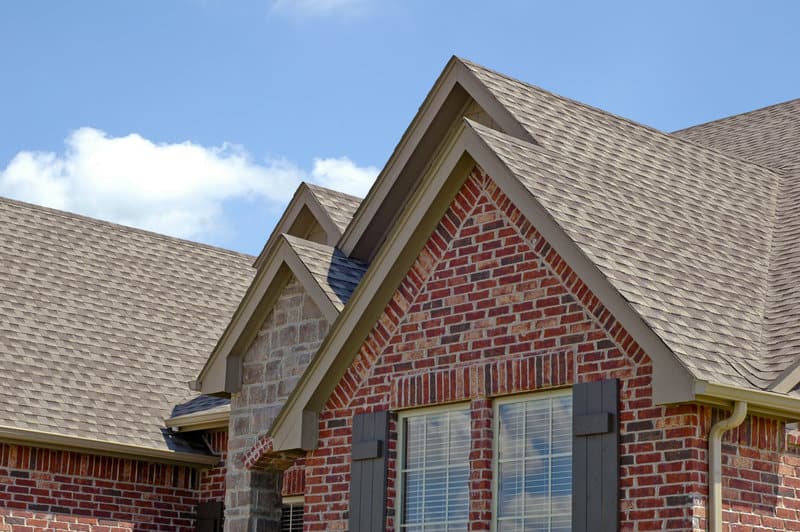 Did you know that the global temperature has increased by more than 0.7 degrees Celsius in the past century? That’s roughly ten times faster than the rate of typical ice-age-recovery warming.
Did you know that the global temperature has increased by more than 0.7 degrees Celsius in the past century? That’s roughly ten times faster than the rate of typical ice-age-recovery warming.
Scientists predict that the global temperature will continue to rise and won’t stop any time soon. How does this affect homeowners like you?
Well, it means more heating and cooling costs. What can you do to ensure your energy bills aren’t affected by the ever-rising global temperature?
The answer is simple: make your home energy efficient. The best way to do this is to replace your roof with an energy efficient roof.
Here’s a list of energy efficient roofing materials that you can use.
Shake Shingles
Shake shingles are highly durable and can help improve the structural integrity of your roof.
When compared to other materials, shake shingles improve air circulation. They will, therefore, increase energy efficiency. They are also biodegradable and visually pleasing.
The downside to these materials is that they need a lot of maintenance, especially in humid areas.
Asphalt Shingles
If you’re looking for a low-maintenance energy-efficient roof, you can never go wrong with asphalt shingles.
You can choose from a range of colors and designs, and this will give you an opportunity to add an elegant and unique feel to your roof.
The problem with asphalt shingles is that wind and storms can easily damage them. You’ll also be required to buy a preventive coating to prevent algae growth.
Metal Roofs
Metal roofing is another popular option. Metal roofs are energy efficient and an excellent choice for those with constrained budgets.
Metal roofs are easy to install. They are also long-lasting and require little care and upkeep. They’ll add a great look to your home.
The problem with metal roofing is that they’re easily dented or damaged.
Slate Roofs
This is another roofing option that can help make your home energy efficient. Slate roofs have a good density and can work effectively in hot, cold, or wet conditions.
Besides, they’re also tough and can withstand harsh weather conditions for a long time.
Like other energy-efficient roofing options, slate roofing materials can be disposed of safely because they’re biodegradable.
Tile Roofing
Tile roofs are visually appealing and can last for a long time, especially when installing in an area with a favorable climate. Unlike other roofing options such as wood, tile roofs are impervious to rot and insect damage.
The heavy thermal mass in this roofing will help regulate temperature and make your home more energy efficient.
While they’re very durable, tile roofs can be damaged if they suffer a substantial impact.
When choosing roofing materials, make sure they have the Energy Star Label from the U.S. Environmental Protection Agency (EPA).
Final Thoughts On Energy Efficient Roofing
Making your home energy efficient is the most innovative way of reducing your energy bills and carbon footprint. Take your time and study the pros and cons of the energy efficient roofing materials highlighted above to ensure you make the right choice.
Remember to check out our blog for more posts about roofing projects and roofing materials.

